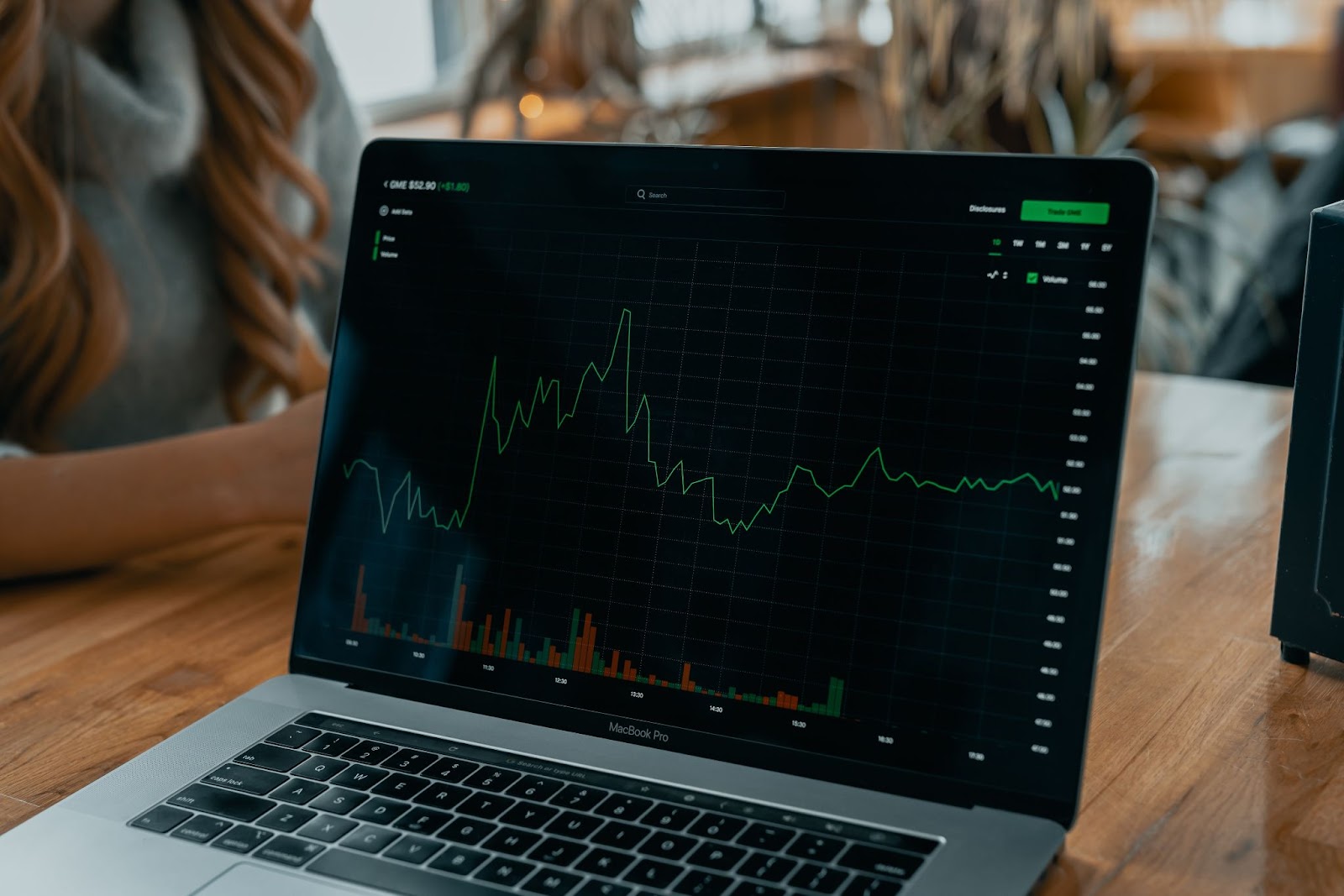
If you are considering venturing into the world of trading and are looking for some direction to build your trading strategy, you are in the right place.
Trading refers to the process whereby individuals engage in buying and selling of financial assets, including bonds, commodities, foreign exchange, shares, indices, interest rates, and exchange-traded funds or ETFs. Trading is generally a lucrative way to supplement your income and make some serious cash in the process. Basically, traders make a profit by going long, which means buying for less and selling high, or going short, which means selling high and buying low.
A trading strategy means that you have an established method of buying and selling in markets based on factors including your individual trading style, tolerance for risk-taking, market conditions, tax considerations, technical analysis, and fundamental conditions.
Read on to find out more about the four essential tips for developing an excellent trading strategy.
Table of Contents
To start off, you need to stay on top of the market, closely monitor market fluctuations, and identify market trends. This requires gathering and analyzing the right type of data, which will, in turn, depend on what market you want to enter. For instance, if you are considering trading options, you should pay diligent attention to the options trading chart and the volatility data on different financial assets.
Additionally, gathering the right data is also dependent on your trading style. This will determine how fast you need to be updated with the data and what indicators you need to be aware of. Generally, there are four main trading strategies that include the following.
The second thing you need to be wary of is your propensity to take risks. As a trader, you can either be risk-averse or risk-tolerant, which will determine your profit margins. As a rule of thumb, try setting your risk at an average of 5% of your existing portfolio. You can also define your risk versus rewards ratios to further sharpen your risk-taking behavior. For instance, try trading when the potential profit is at least three times higher than the risk you are undertaking.
When you plan on entering the market to trade, you will most likely pay attention to either fundamental or technical considerations. For instance, as a fundamental trader, your entry is going to be triggered by economic factors affecting the intrinsic value of an asset, such as a country’s monetary or fiscal policy. As a technical trader, you will rely on analyzing the trends in past historical data to predict future market prices and volume.
Similarly, you need to prepare an exit strategy to not only know when to bow out but also exit at a time when you can make the maximum profit. This generally relies on having a profit target and a stop loss order, where a stop loss refers to selling an asset when it reaches a certain value.
It is integral to always keep a record of your trades to learn from your mistakes and reflect on your past trading strategies to analyze your performance. Whether you win or lose a trade, you need to figure out why that is. Once you have the answer, you can trace the causal mechanism and develop a full-proof way to trade like an expert. Examples of what you should record and later analyze for each trade include profit targets, entry and exit, daily opening range, drawdowns, and average trade time.
While trading is surely a complicated venture that is going to require a considerable amount of time and energy on the part of the trader, it is also highly rewarding. Make sure that you are well-versed in the industry jargon and have a good understanding of the market and the fundamentals before engaging in trading. This will enable you to trade with confidence and allow you to be forward-looking and realistic in both your approach and your target setting for potential profits.
Lastly, always stay on top of the news regarding the global financial markets and become an avid reader of the top financial newspapers in order to better anticipate market trends and tap into potential trading opportunities.